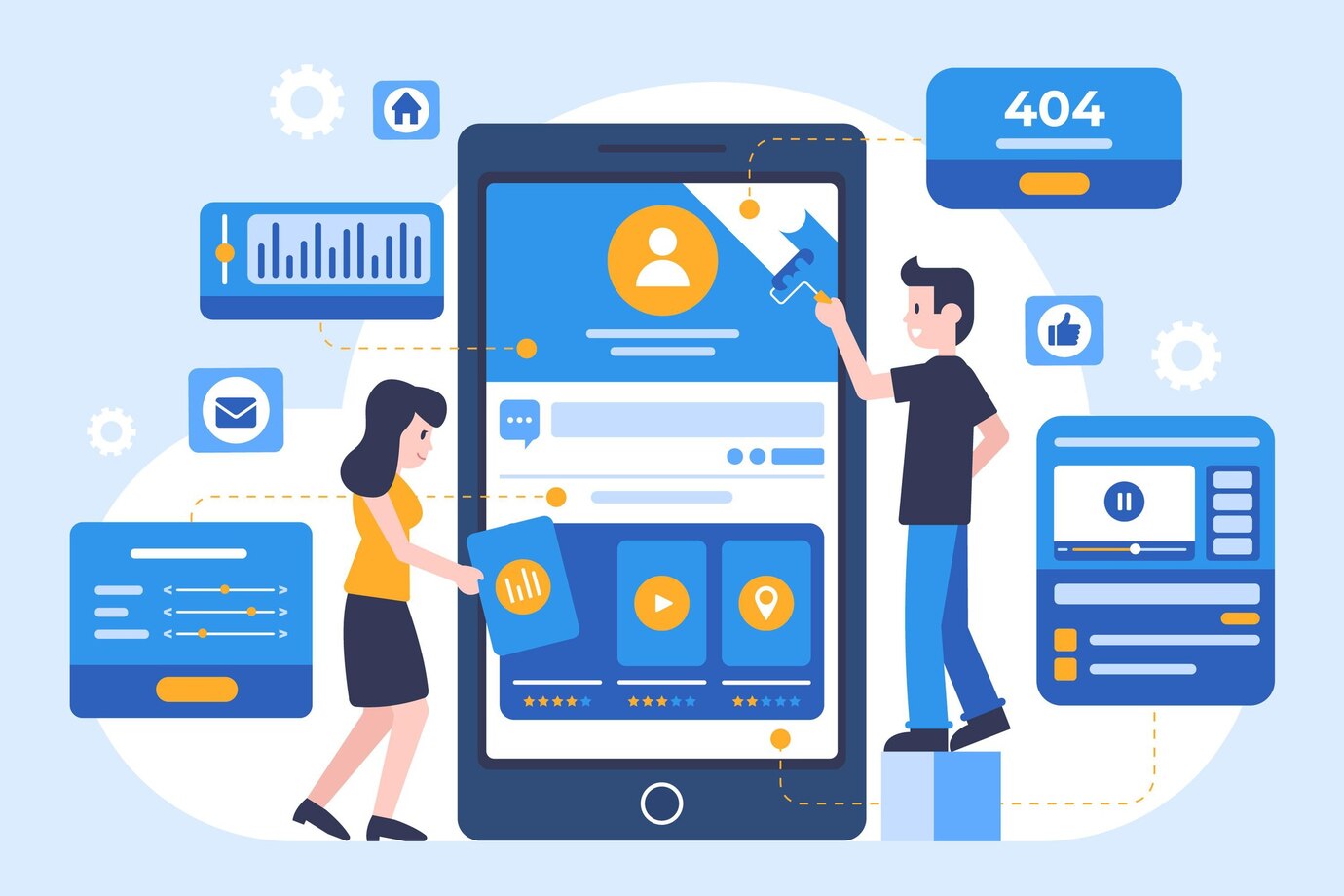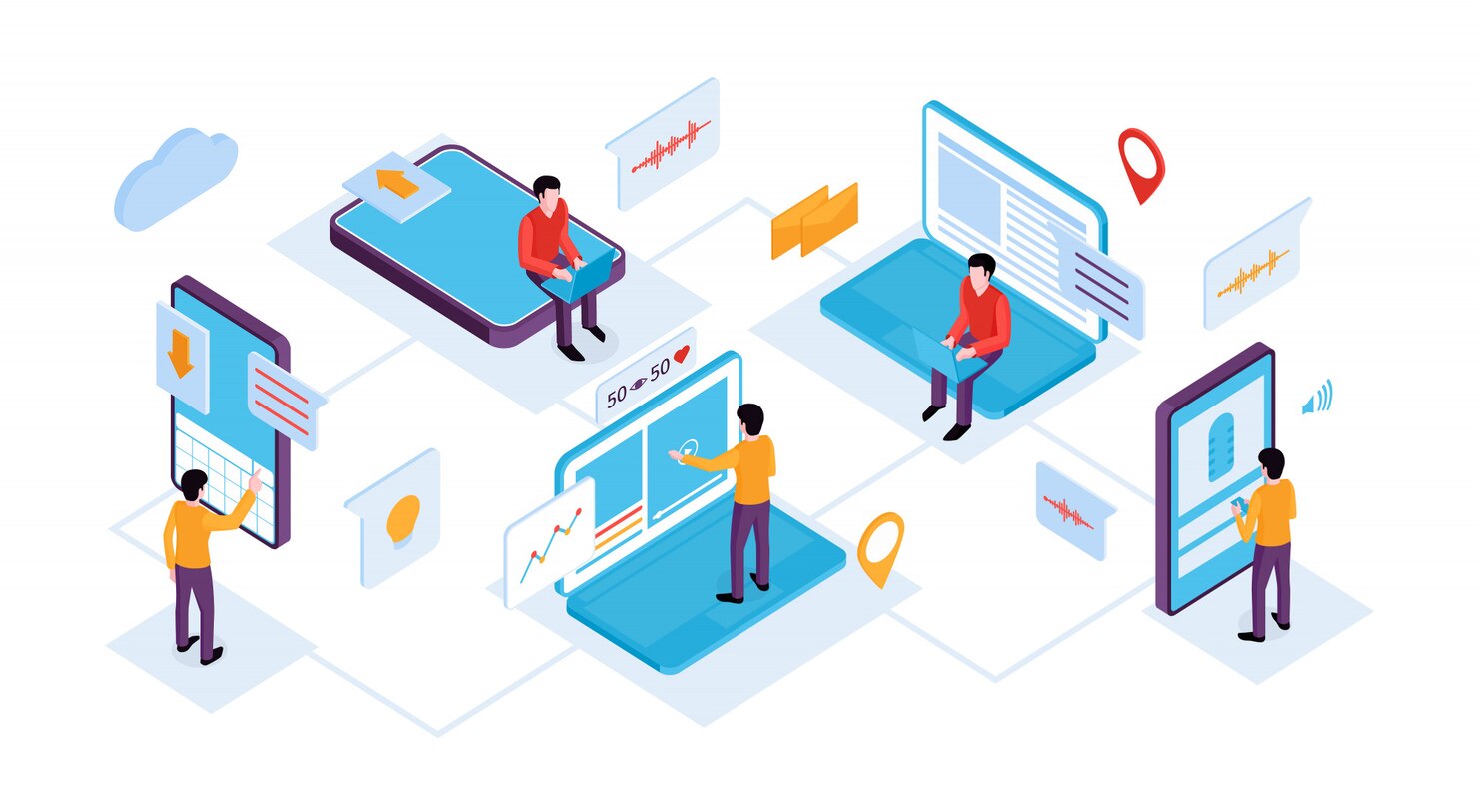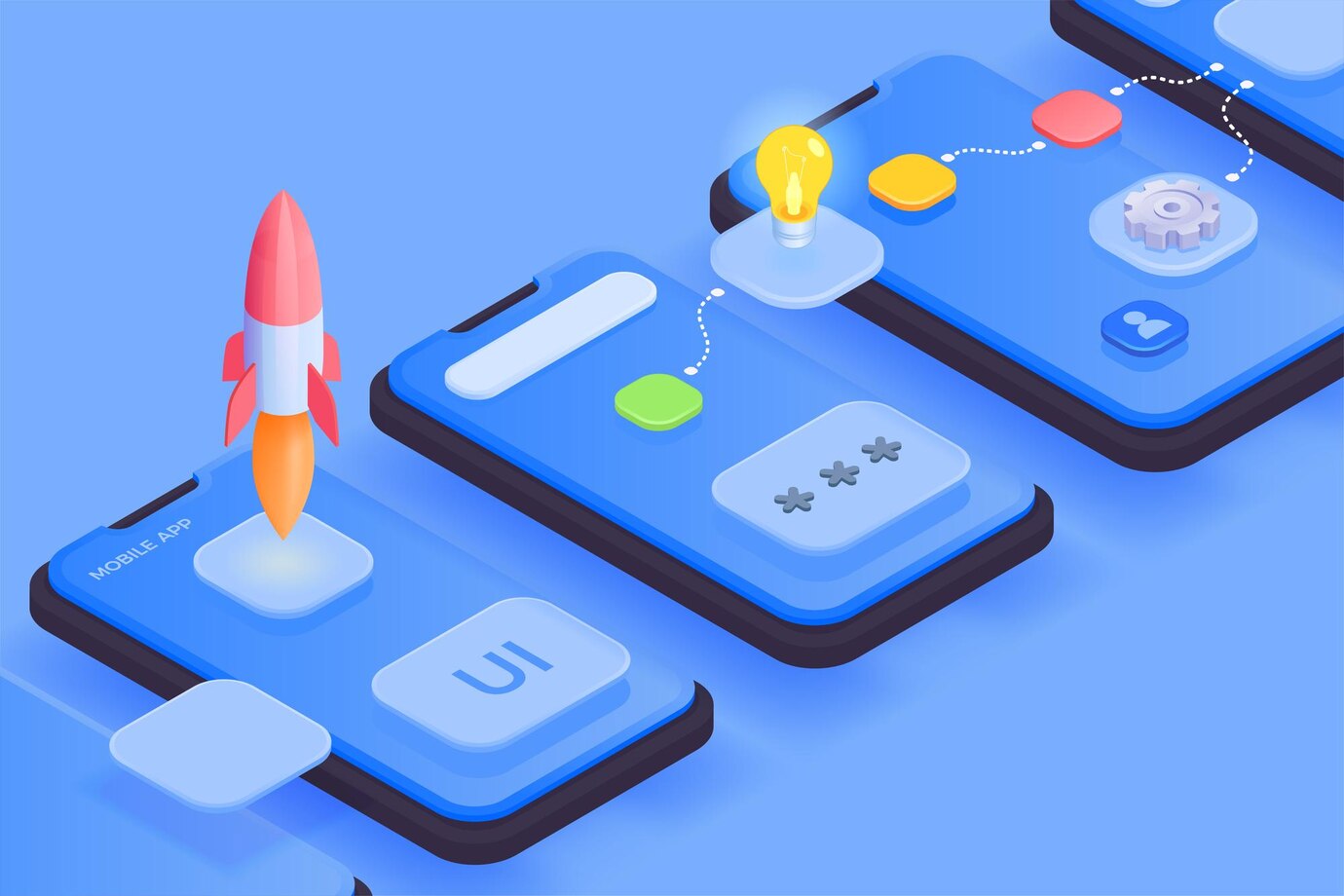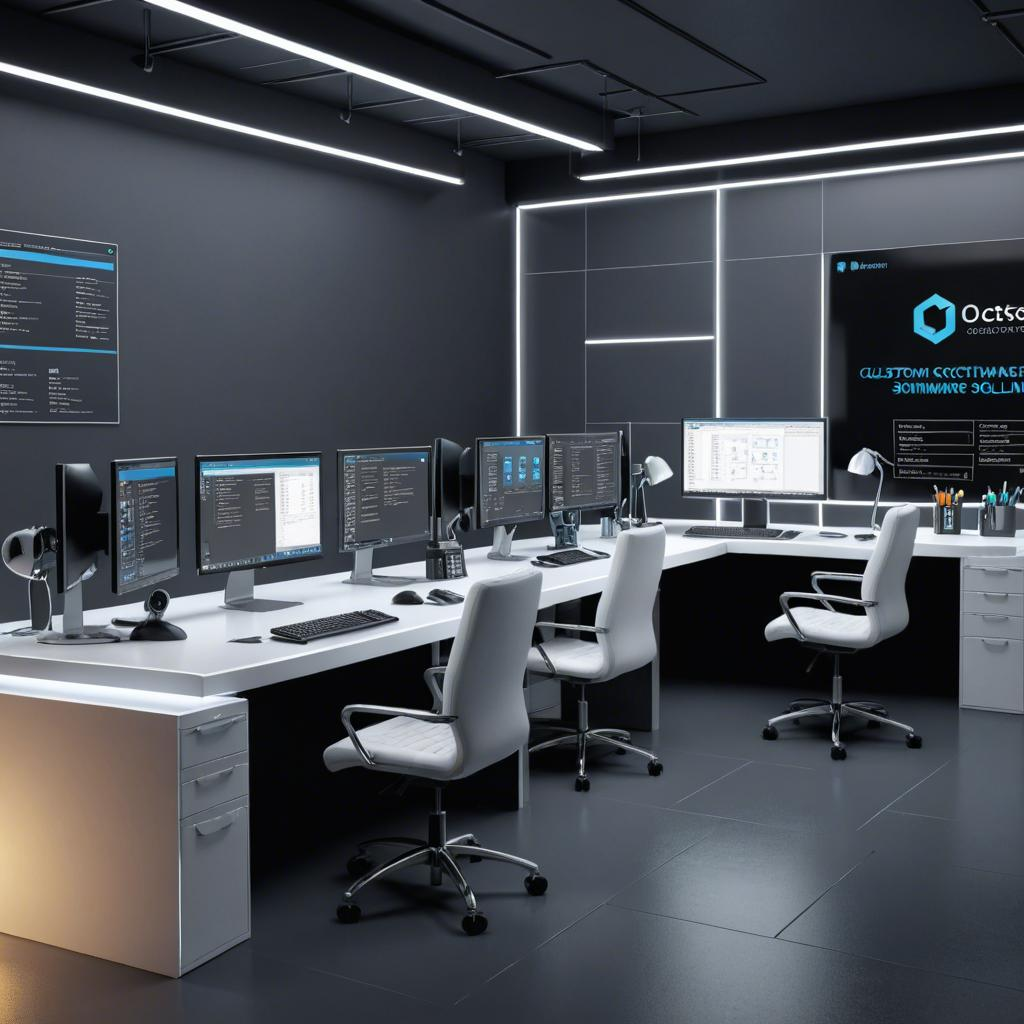How to Optimize Your Mobile App for Different Devices
In the ever-evolving world of mobile technology, optimizing mobile app development for various devices is crucial to delivering a seamless user experience. As mobile app development, your role goes beyond just building an app; it involves ensuring that your application performs well across a wide array of devices with differing screen sizes, resolutions, and performance capabilities. This blog will guide you through the essential steps and best practices for optimizing your mobile app development for different devices.
Understanding the Importance of Device Optimization

In today's mobile ecosystem, users have access to a diverse range of devices, from smartphones to tablets, each varying in screen size, hardware capabilities, and software versions. mobile app face the challenge of ensuring that their app runs smoothly on all these devices, providing a consistent and high-quality experience to users. Optimizing your app for various devices not only boosts user satisfaction but also improves app retention rates and positive reviews.
The need for device optimization extends beyond just aesthetic elements like screen sizes and orientations; it also includes adapting the app’s performance to work efficiently on different hardware, ensuring that it loads quickly and functions well across devices with varying processing powers.
Design Responsively for Different Screen Sizes

One of the first steps in optimizing your mobile app development for different devices is to focus on responsive design. As mobile app development, you should ensure that the app's user interface (UI) adapts seamlessly to different screen sizes and resolutions. This can be achieved through the use of flexible layouts, scalable images, and vector-based icons, which maintain clarity and consistency regardless of the device’s screen size.
For example, smartphones come in a variety of screen sizes, from compact devices like the iPhone Mini to larger models such as the iPhone Pro Max. Tablets, on the other hand, can have significantly larger displays. Your app should be able to adjust to these varying screen sizes, with elements resizing and repositioning themselves to create a user-friendly experience. This can be done using layout techniques like grids and flexbox, which allow elements to adjust dynamically based on the available screen space.
Moreover, consider designing your app to support both portrait and landscape orientations. Users often switch between the two modes, and a well-optimized app should look and work great in both orientations.
Handle Device-Specific Features and Capabilities

Different mobile devices come with unique hardware features, such as various sensors, cameras, and GPS functionalities. mobile app should take these into account when optimizing their apps. If your app uses the device's camera or GPS, make sure that it works smoothly on a range of devices that may have different camera resolutions or sensor accuracy.
For instance, newer devices often come equipped with advanced features like facial recognition or fingerprint sensors. While developing your app, you can integrate these features to enhance the user experience, but you also need to ensure that your app performs well on older devices that lack these advanced capabilities. This may involve providing fallback solutions or designing alternative user flows.
It's also essential to consider the varying levels of processing power and memory available across different devices. Lower-end devices may struggle with high-performance demands, so optimize your app’s performance by reducing resource-heavy processes and utilizing efficient coding practices.
Ensure Compatibility with Different Operating Systems and Versions

Another critical aspect of Mobile App optimization is ensuring compatibility across different operating systems, such as Android and iOS, and supporting various versions of these systems. Android devices, for example, run on numerous versions of the operating system, and some older versions might not support all the features your app offers.
For mobile app development, this means ensuring backward compatibility and testing the app on older versions of Android and iOS. Using tools like Android’s “Compatibility Test Suite” or iOS’s “Xcode Simulator” can help you test how your app performs on different versions of the operating system.
In addition, make sure to follow platform-specific guidelines for both Android and iOS. Each platform has its own set of design guidelines and best practices, and adhering to them ensures that your app offers a native experience on both platforms. For example, Android users are accustomed to a material design approach, while iOS users expect a flat design with intuitive gestures.
Optimize Performance for Different Devices

Performance optimization is a significant concern for mobile app development. An app that runs smoothly on a high-end device might be sluggish on a lower-end device, frustrating users and leading to high uninstallation rates. To avoid this, you should focus on optimizing your app’s performance for all devices.
Start by minimizing the size of your app’s assets, such as images and videos. Large file sizes can slow down loading times and consume significant amounts of storage. You can use image compression techniques to reduce file sizes without sacrificing quality. Additionally, optimize your code by removing unnecessary dependencies, and use asynchronous operations to avoid blocking the main thread, which can cause lag.
Another performance optimization technique is efficient memory management. Mobile devices with limited RAM and processing power can struggle to run apps that consume too many resources. By using memory management practices like caching data and releasing memory when it’s no longer needed, you can ensure that your app runs smoothly on a wider range of devices.
Test Across Multiple Devices

Finally, rigorous testing is vital for optimizing your app for different devices. As a mobile app developer , it’s essential to test your app on a wide range of devices to identify any issues related to performance, compatibility, and user interface. While emulators and simulators can be helpful, real-world testing on physical devices is the most effective way to ensure that your app works as expected.
Consider using a device lab or cloud-based testing services that offer access to multiple physical devices for testing purposes. By testing on various screen sizes, resolutions, and hardware configurations, you can catch device-specific issues early and address them before your app is released.
Conclusion

Optimizing your Mobile App for different devices is not just about making it look good; it’s about ensuring that the app performs efficiently and provides a seamless experience for users, regardless of their device. As mobile app development, you need to design responsive UIs, handle device-specific features, ensure compatibility with multiple operating systems, and optimize performance across a wide range of devices. By following these best practices and conducting thorough testing, you can ensure that your Mobile App stands out in the crowded app marketplace and delivers an exceptional experience to users on any device.






